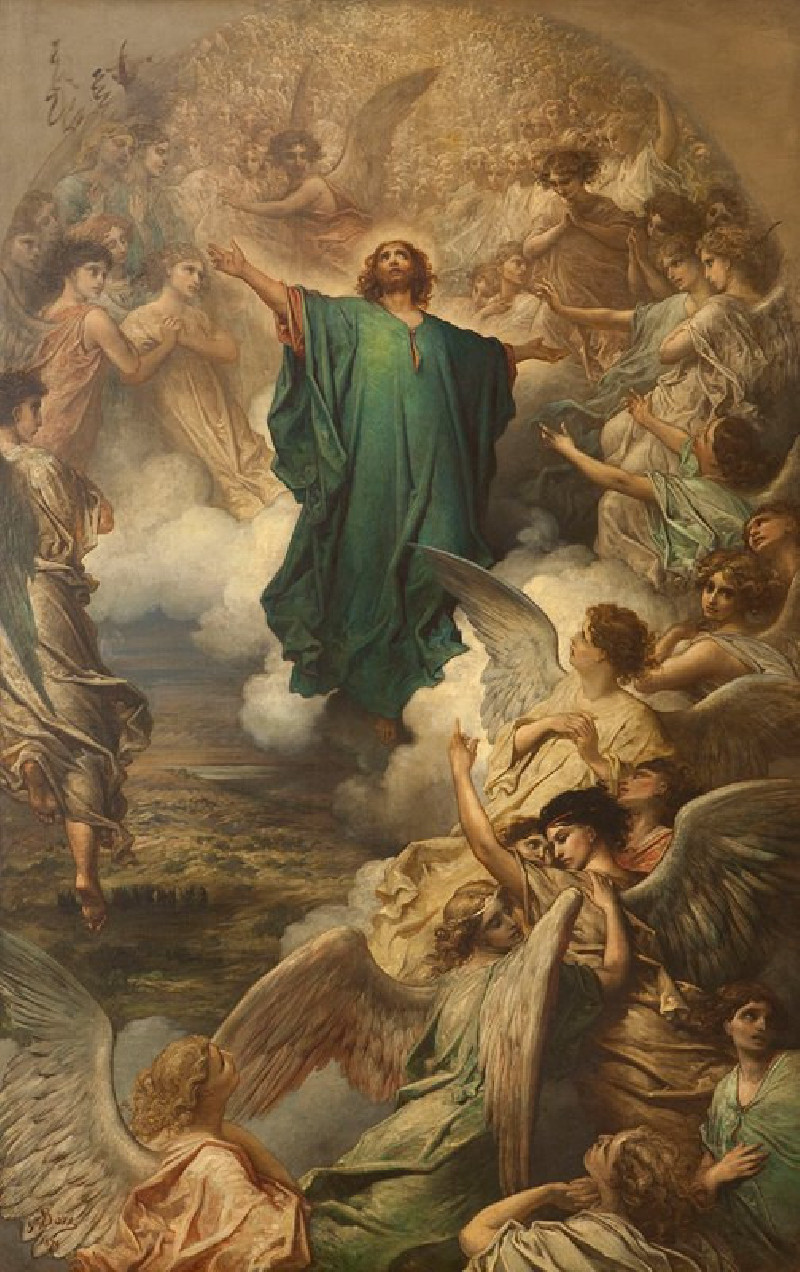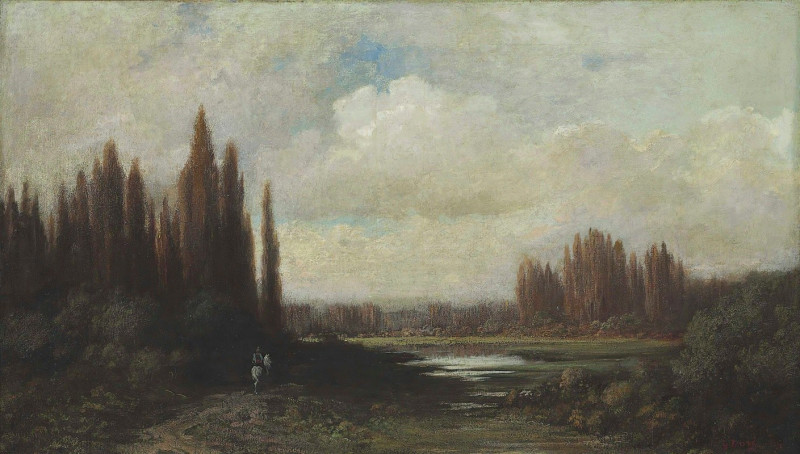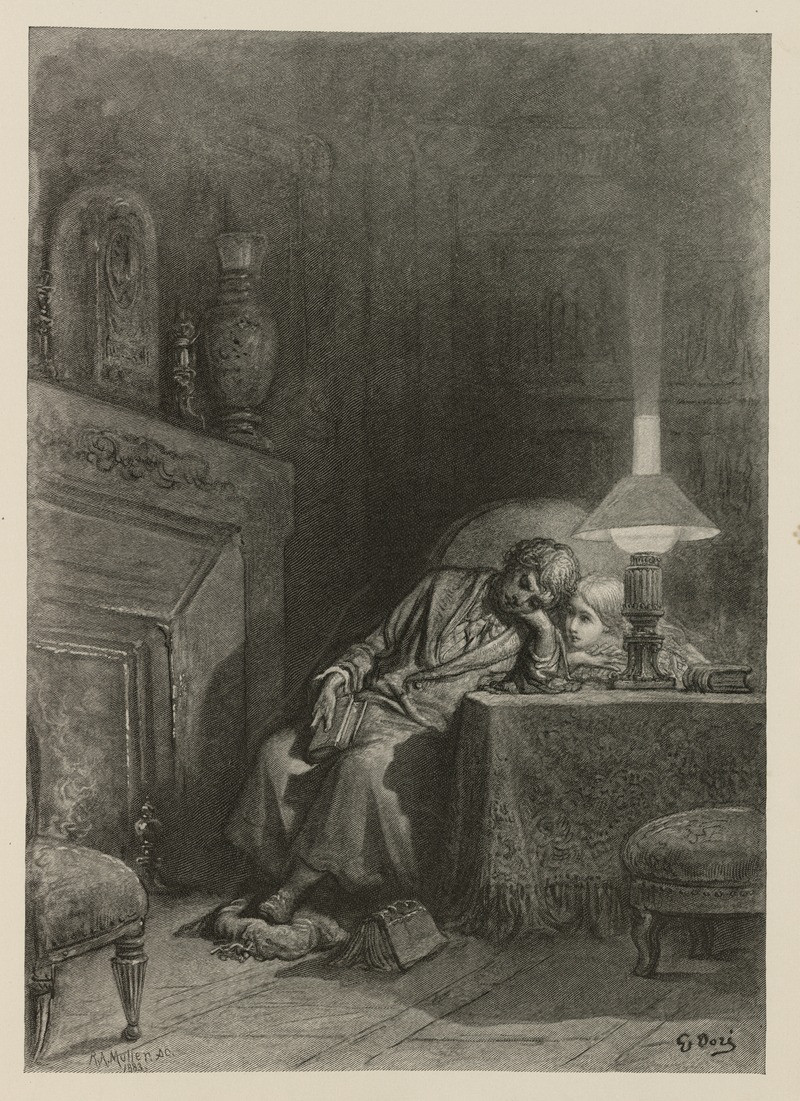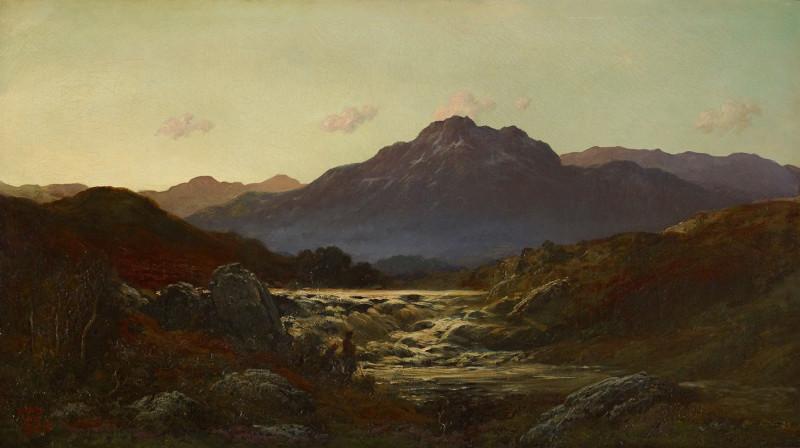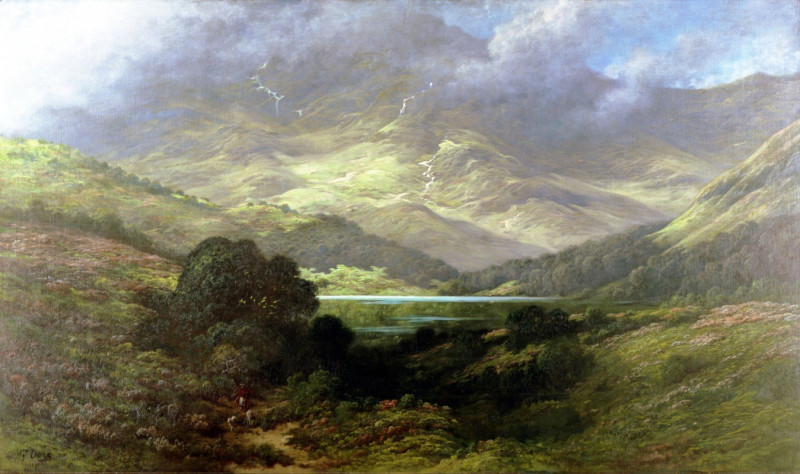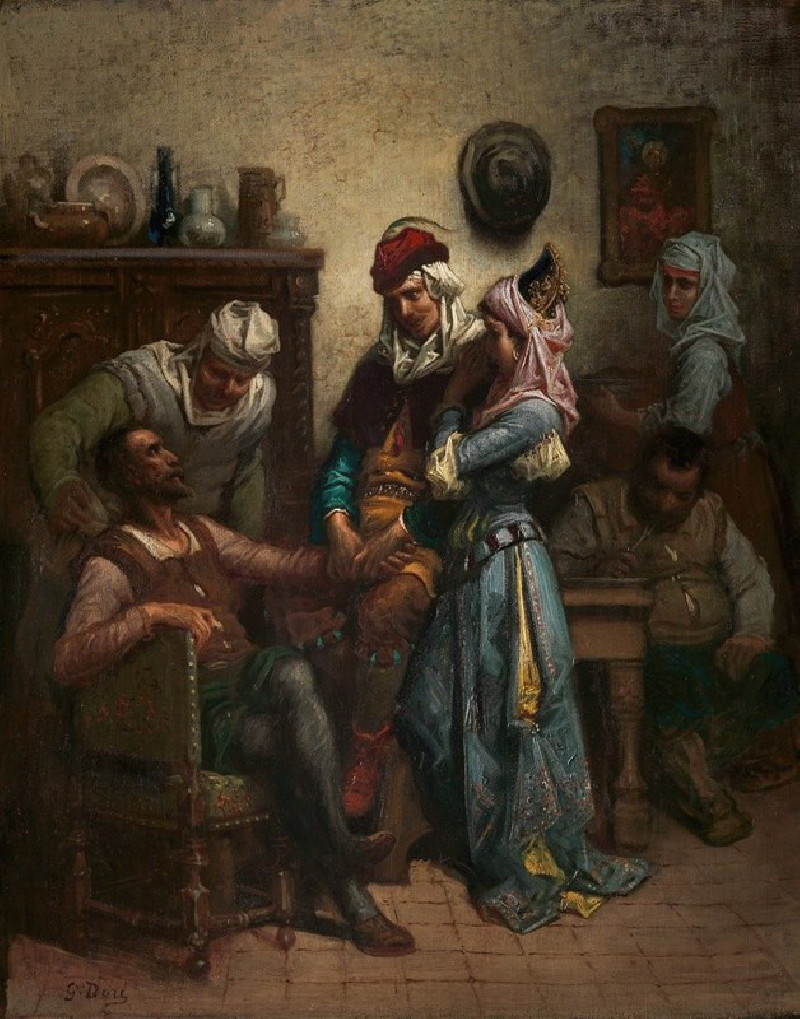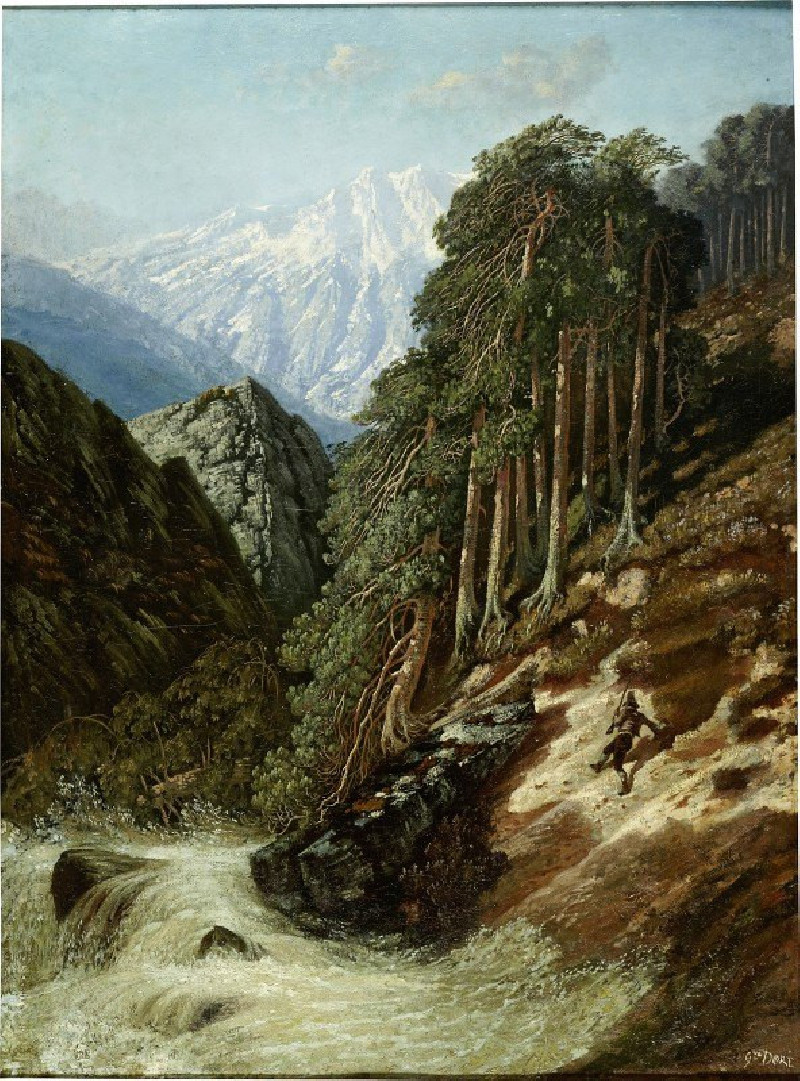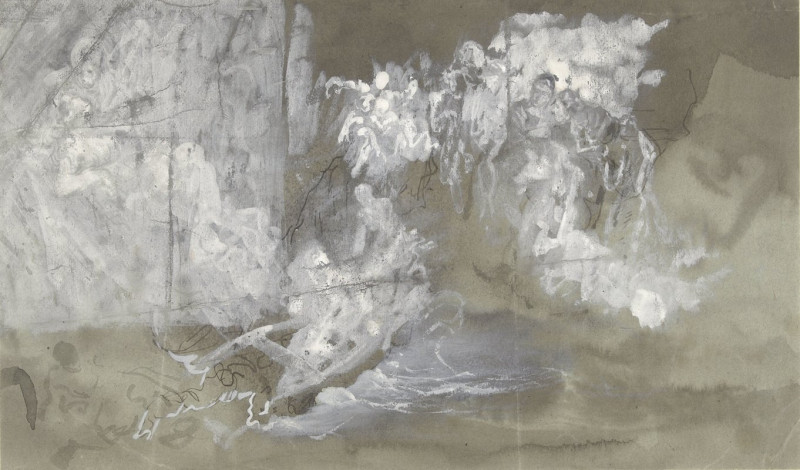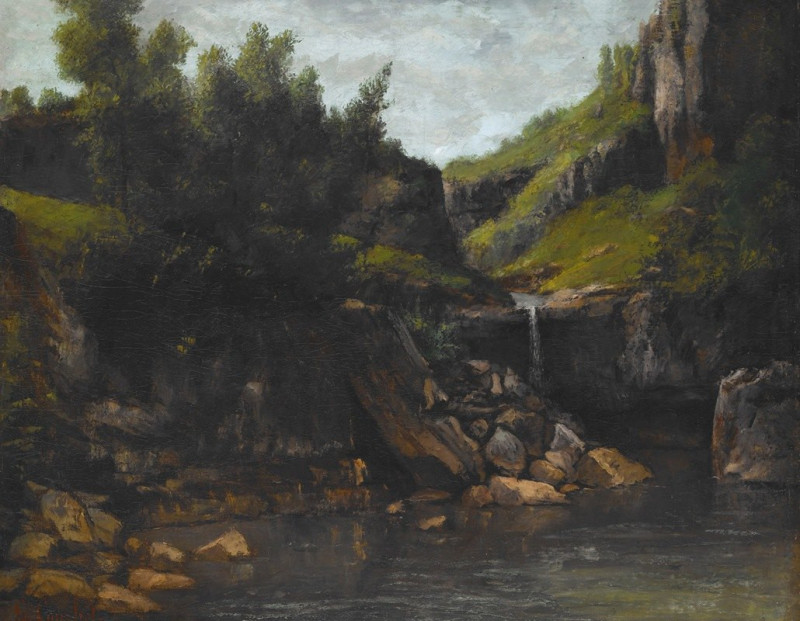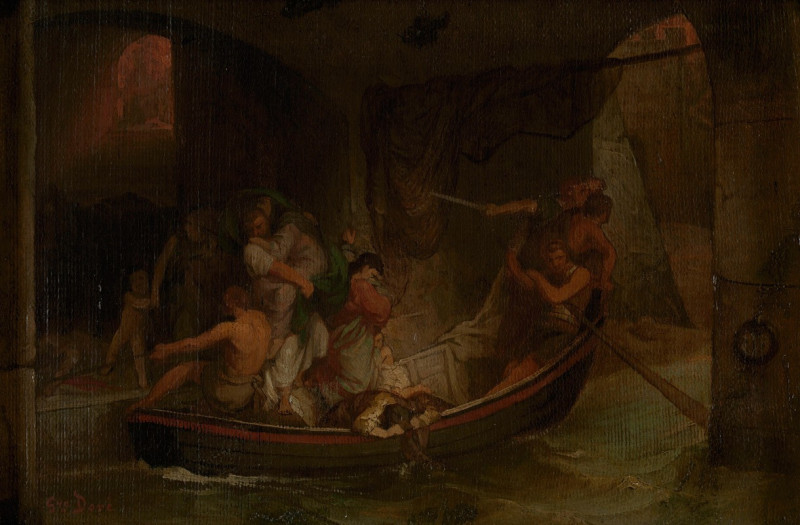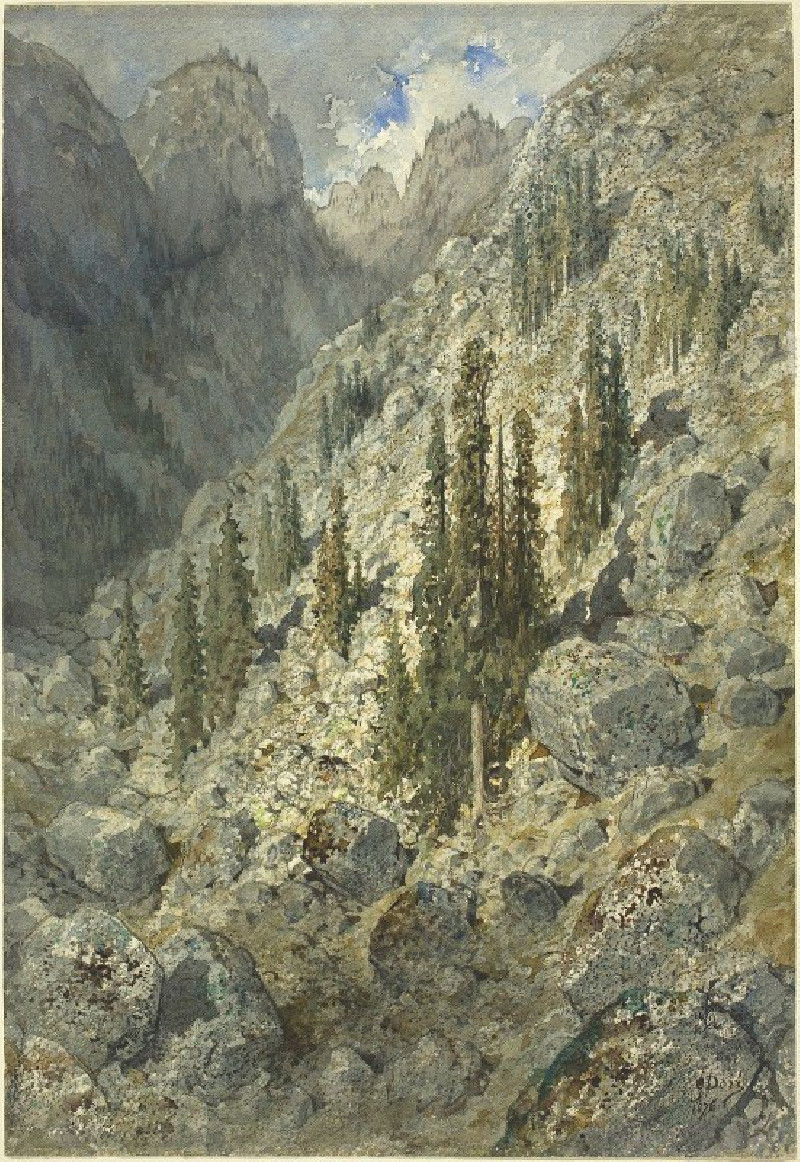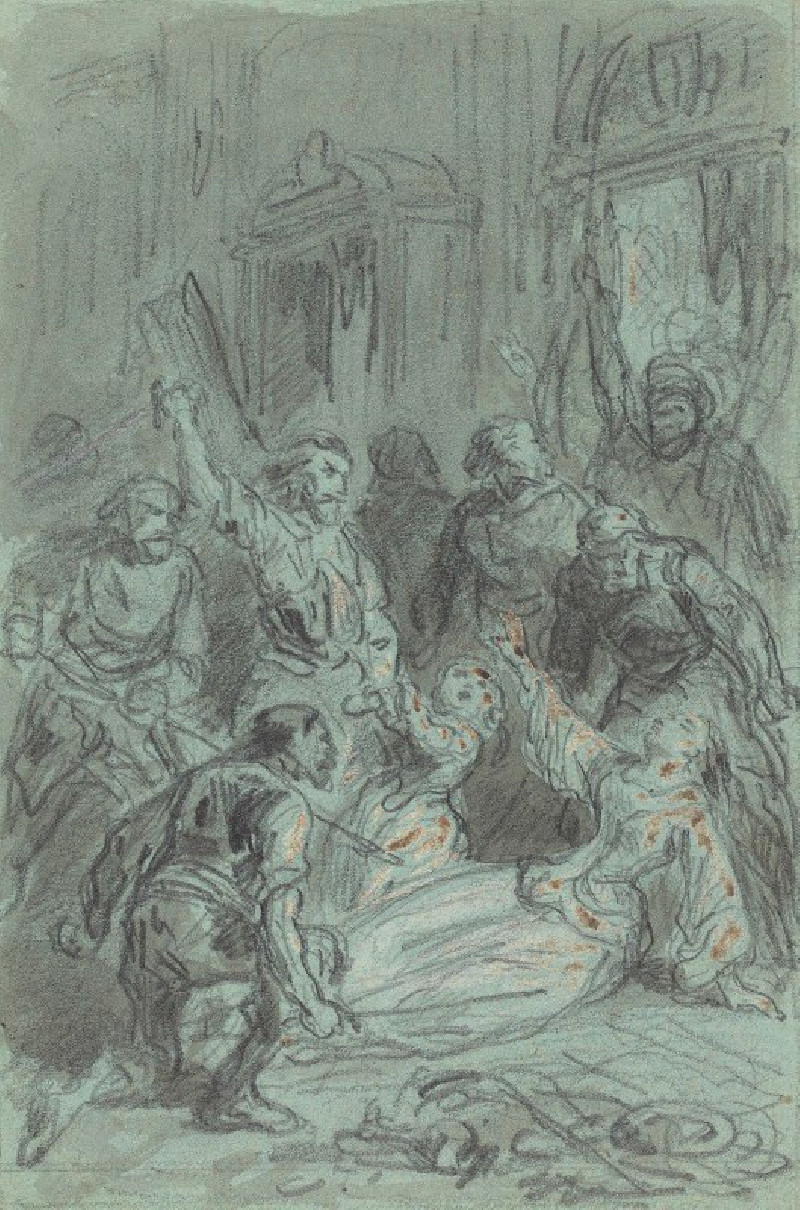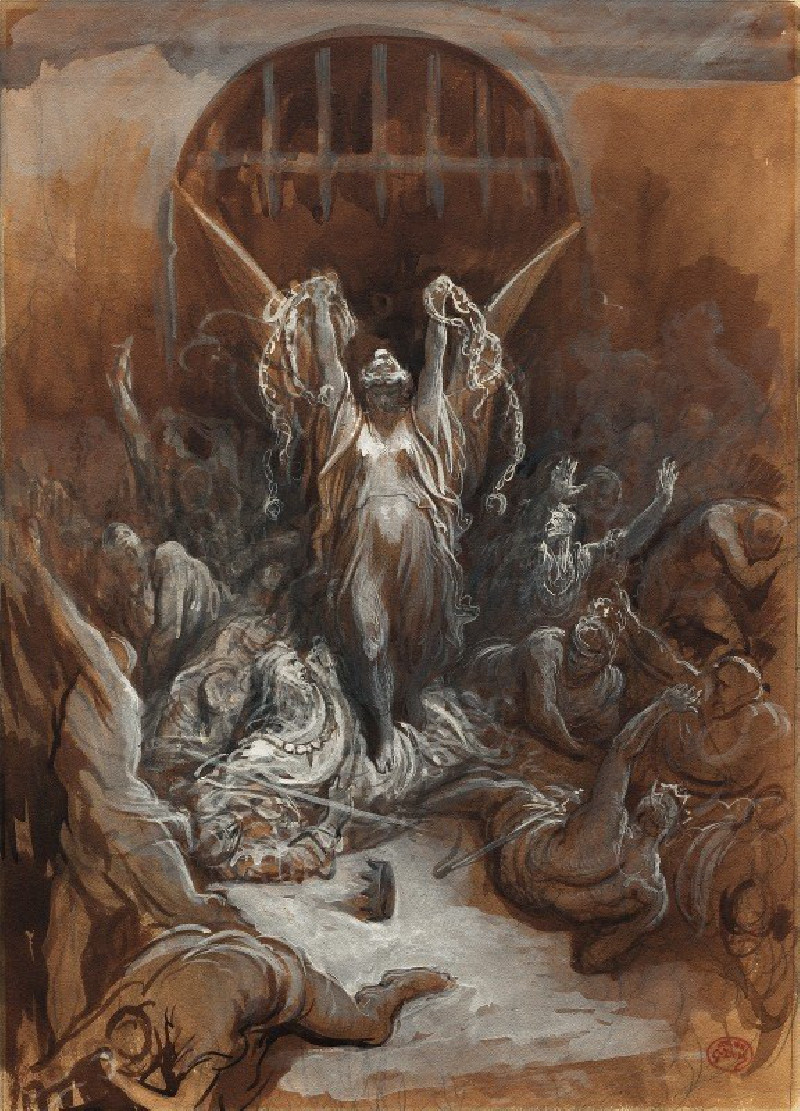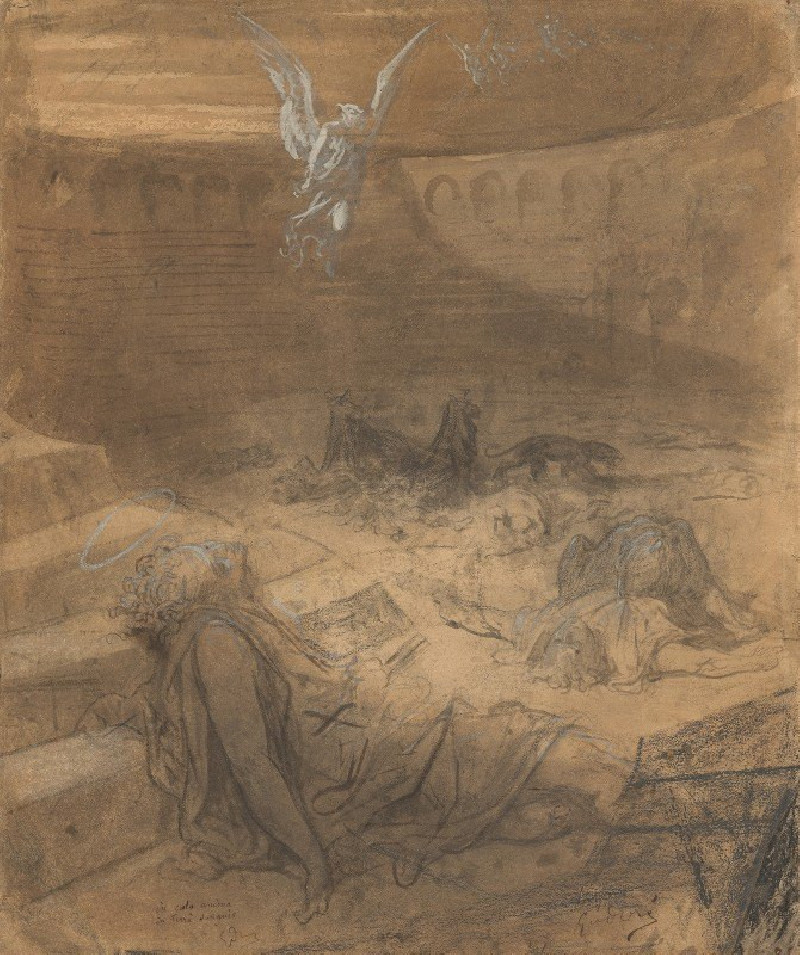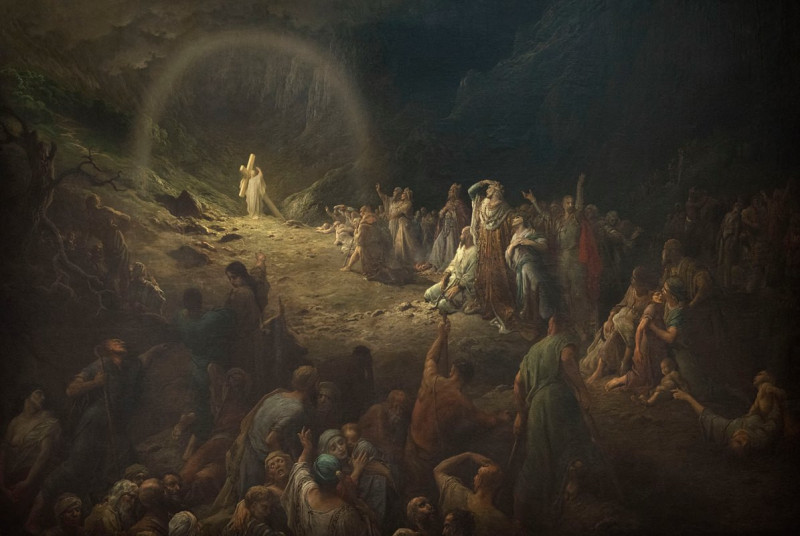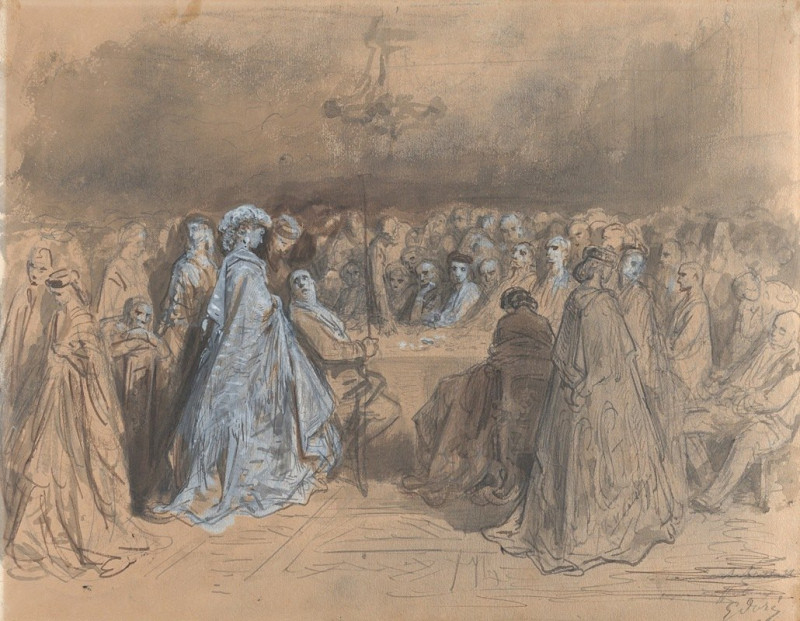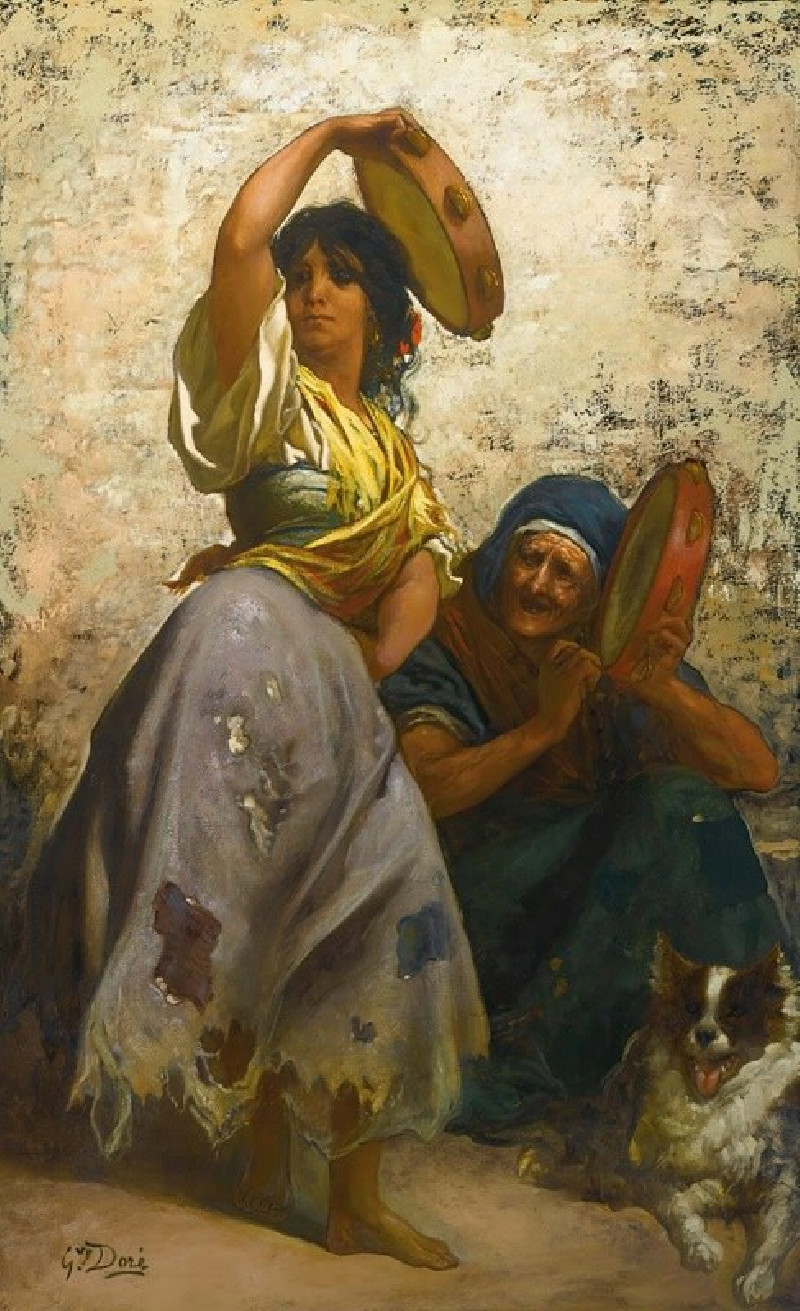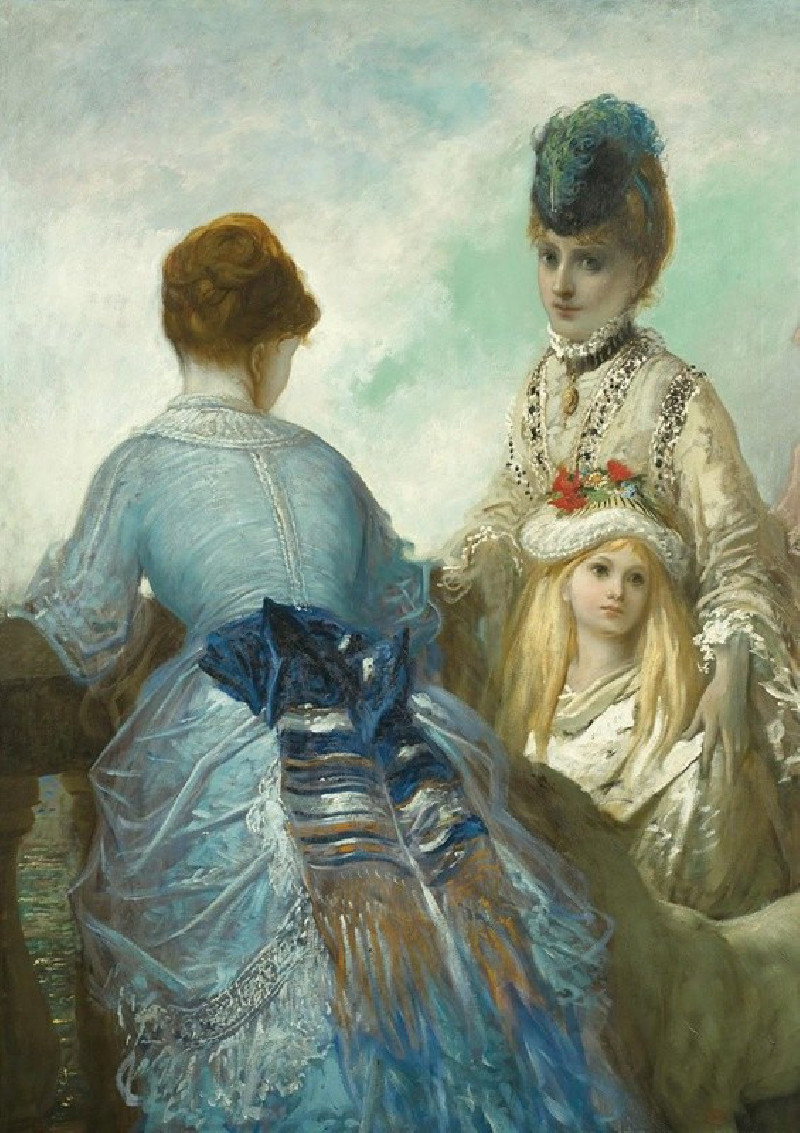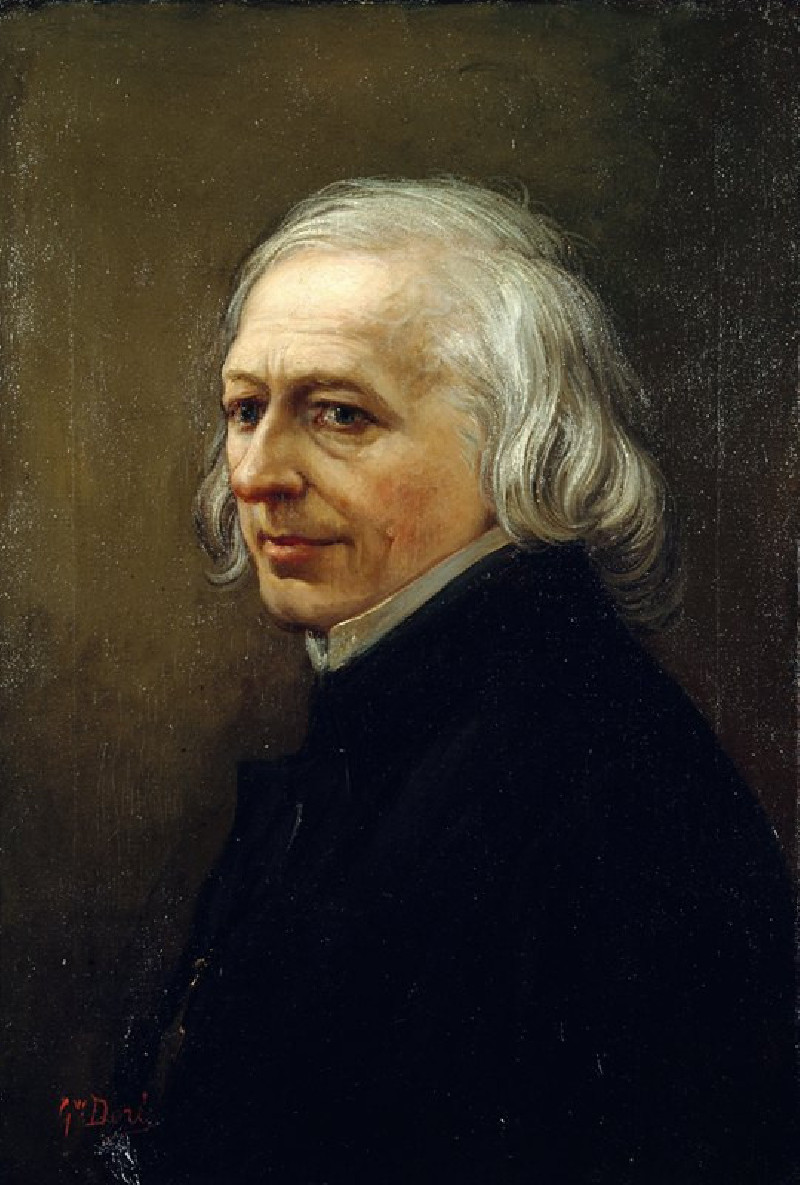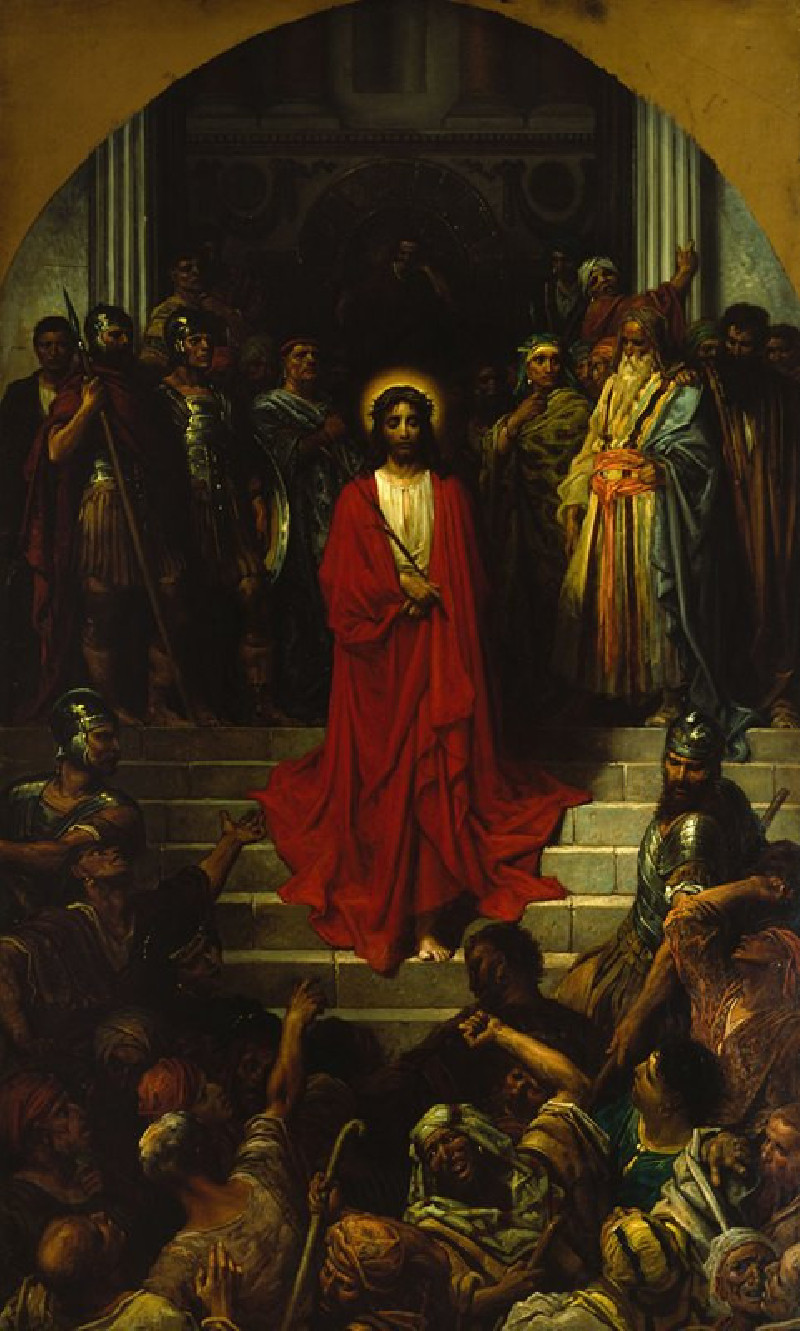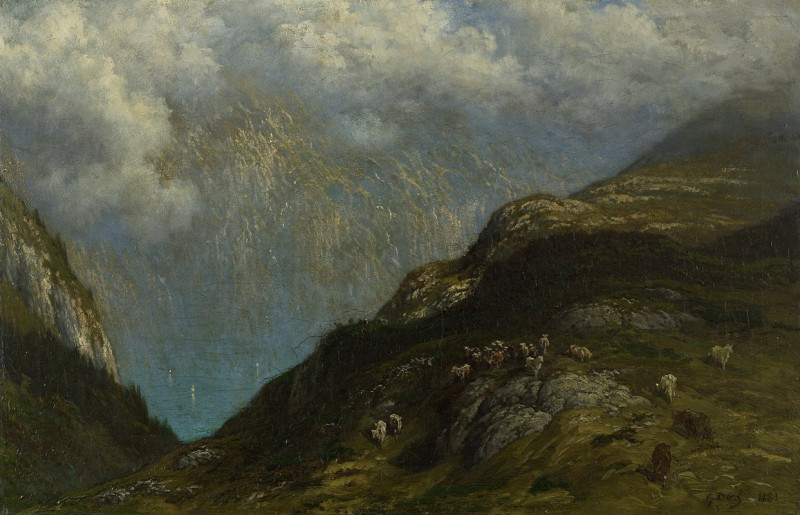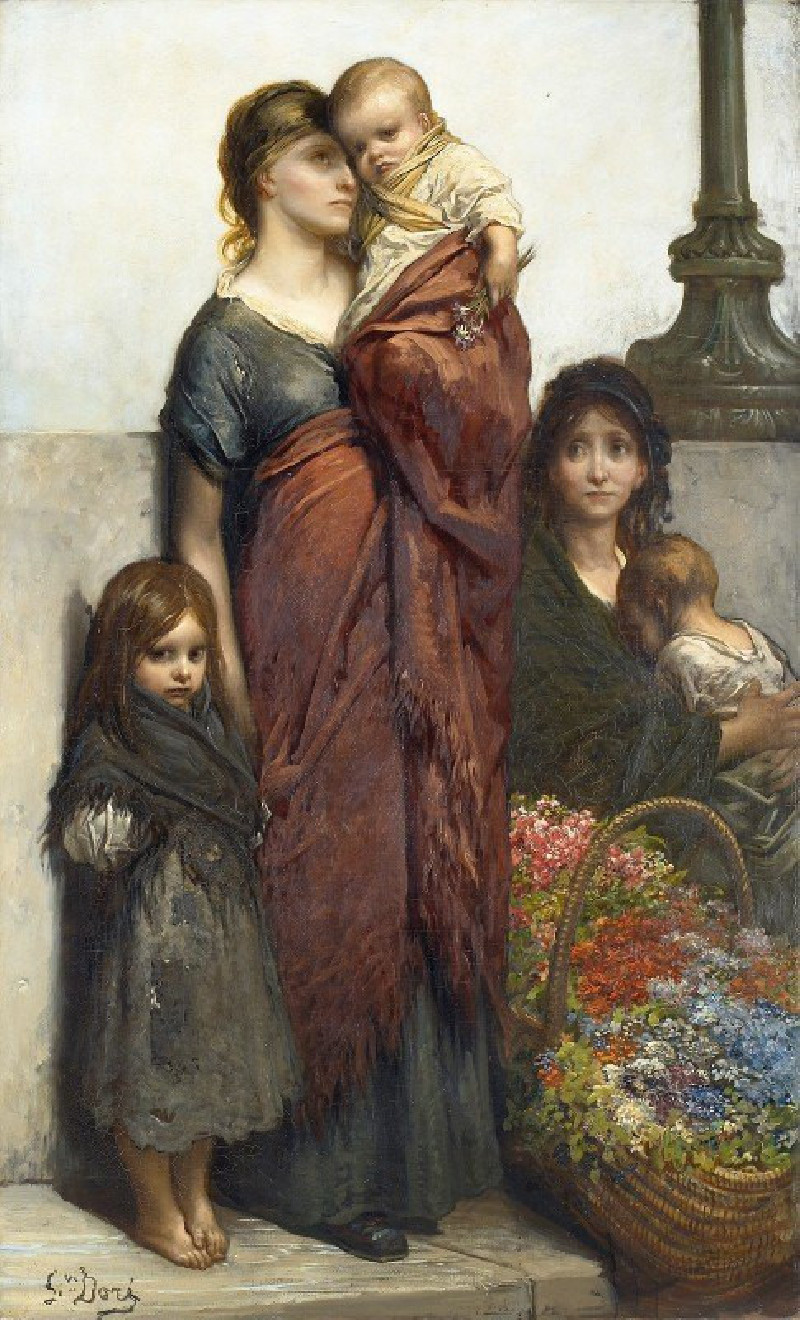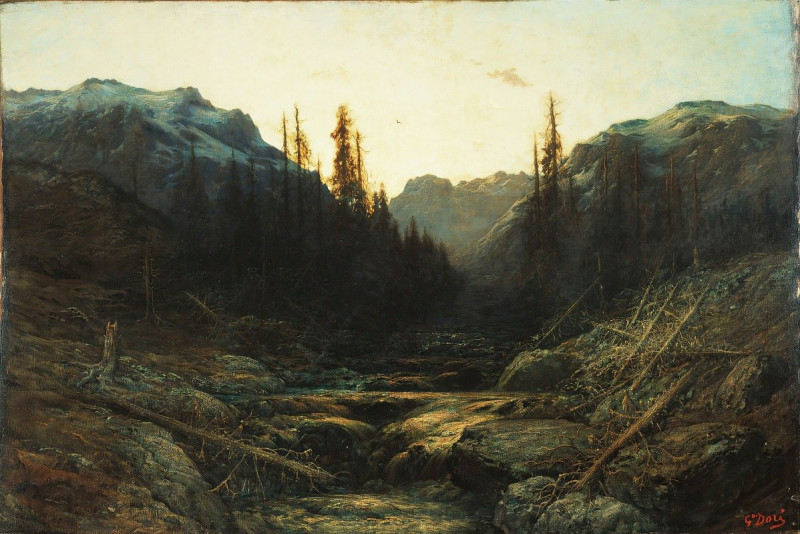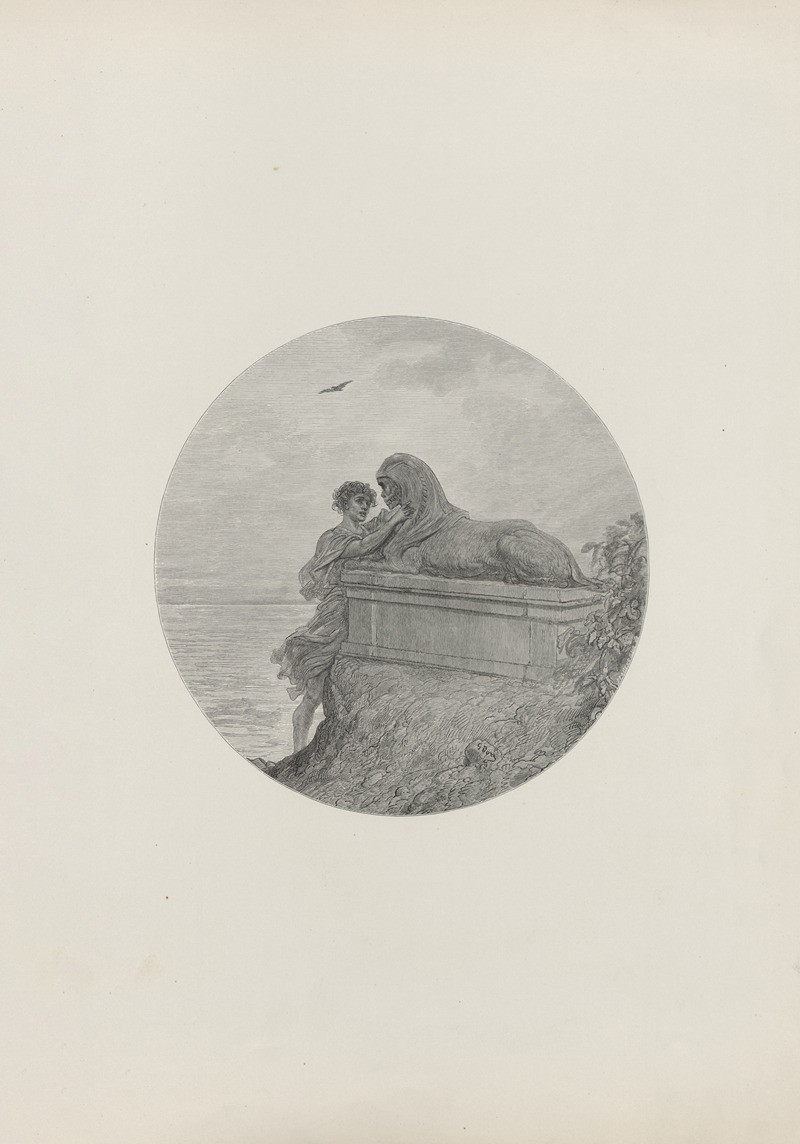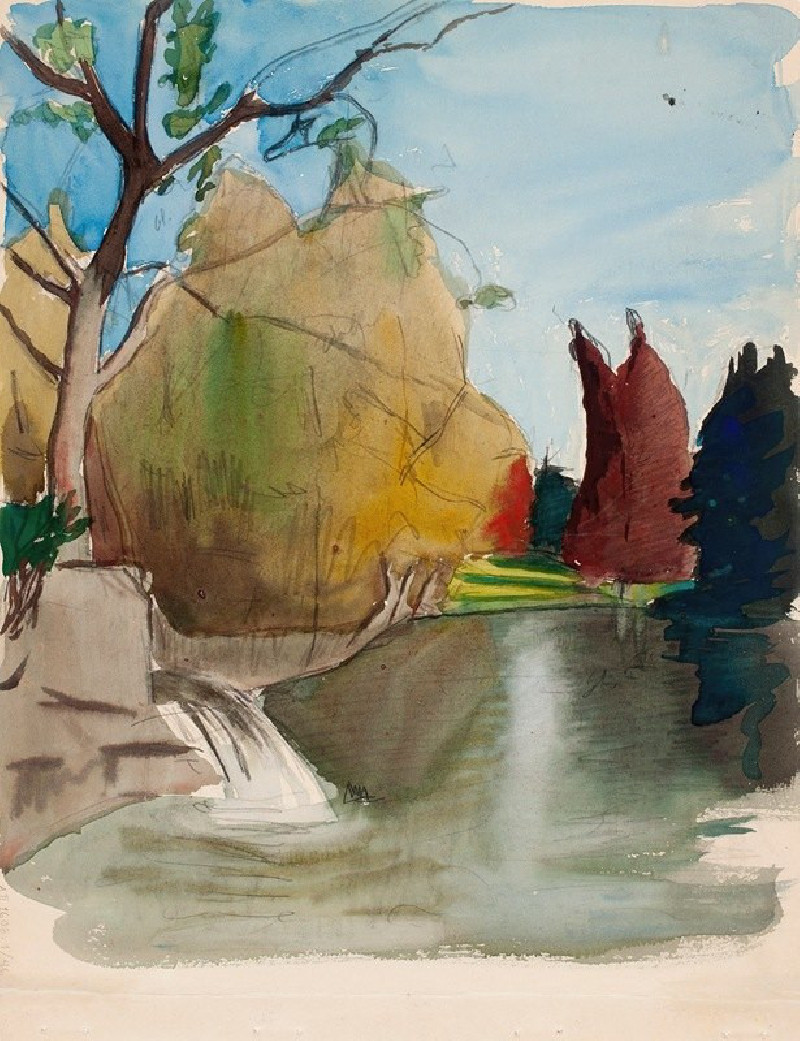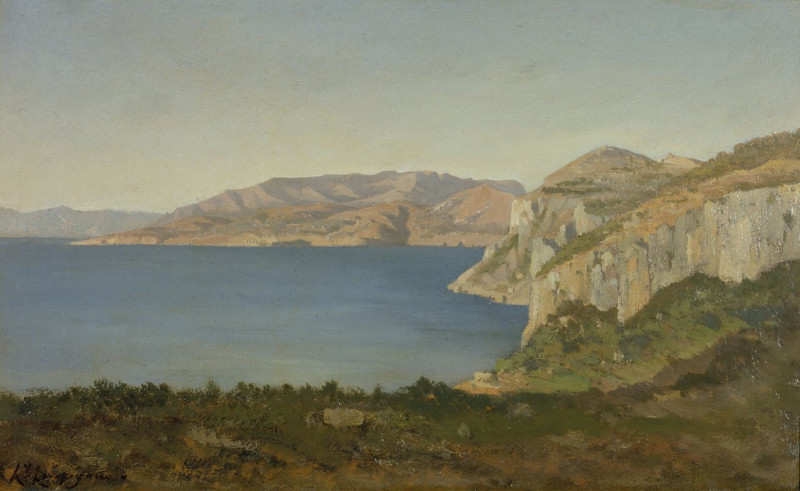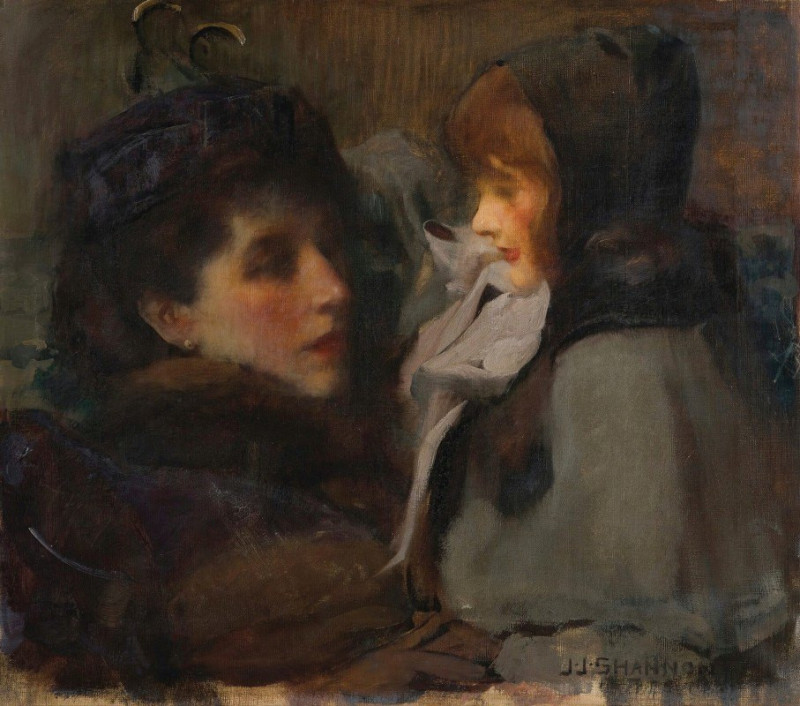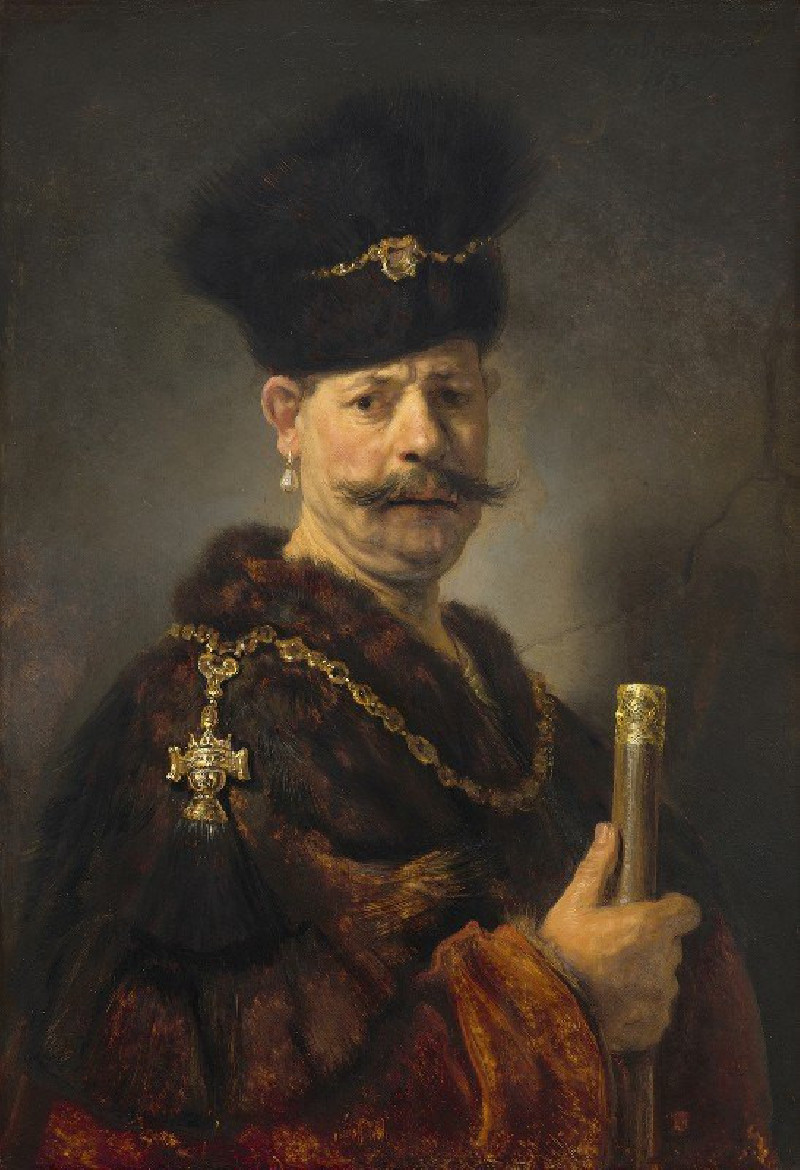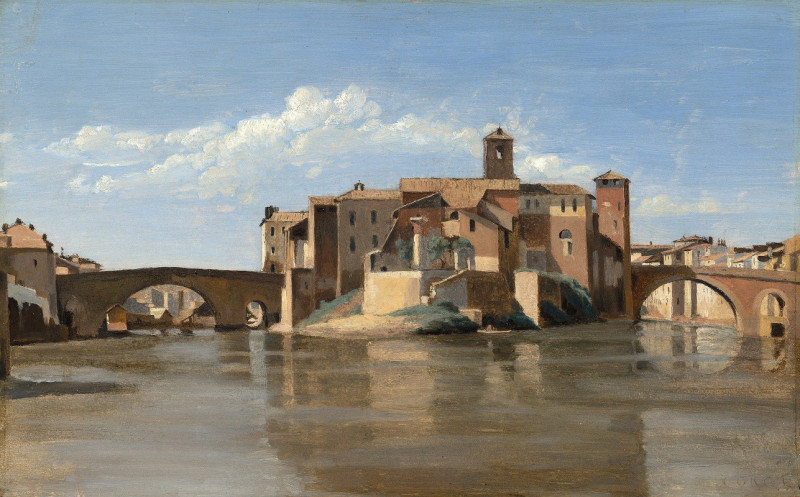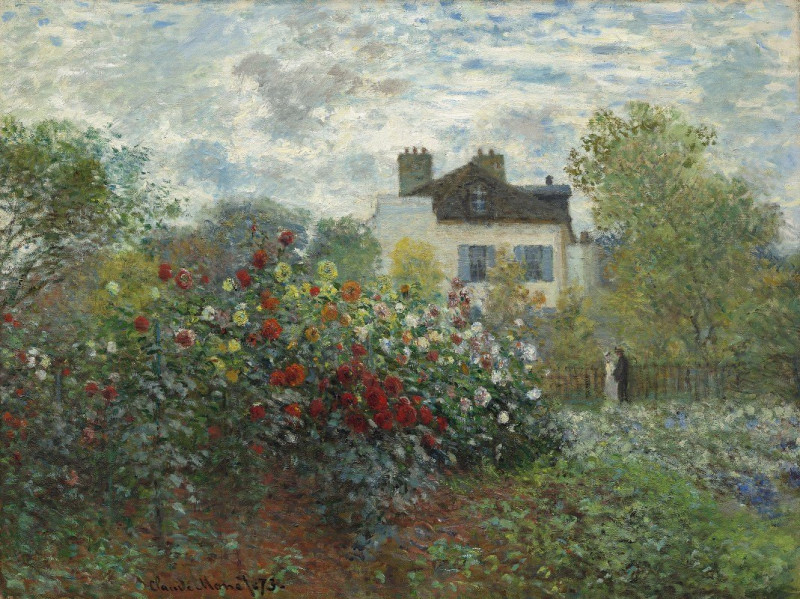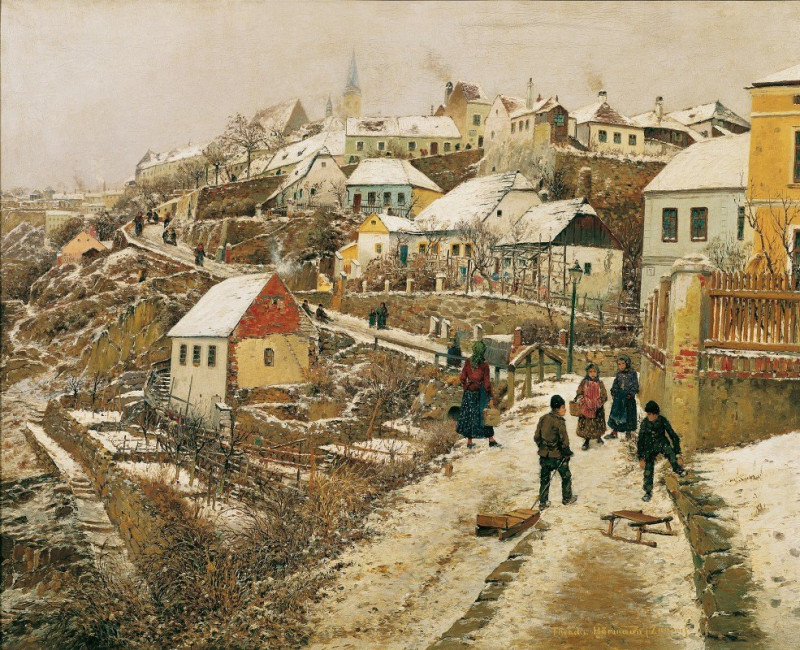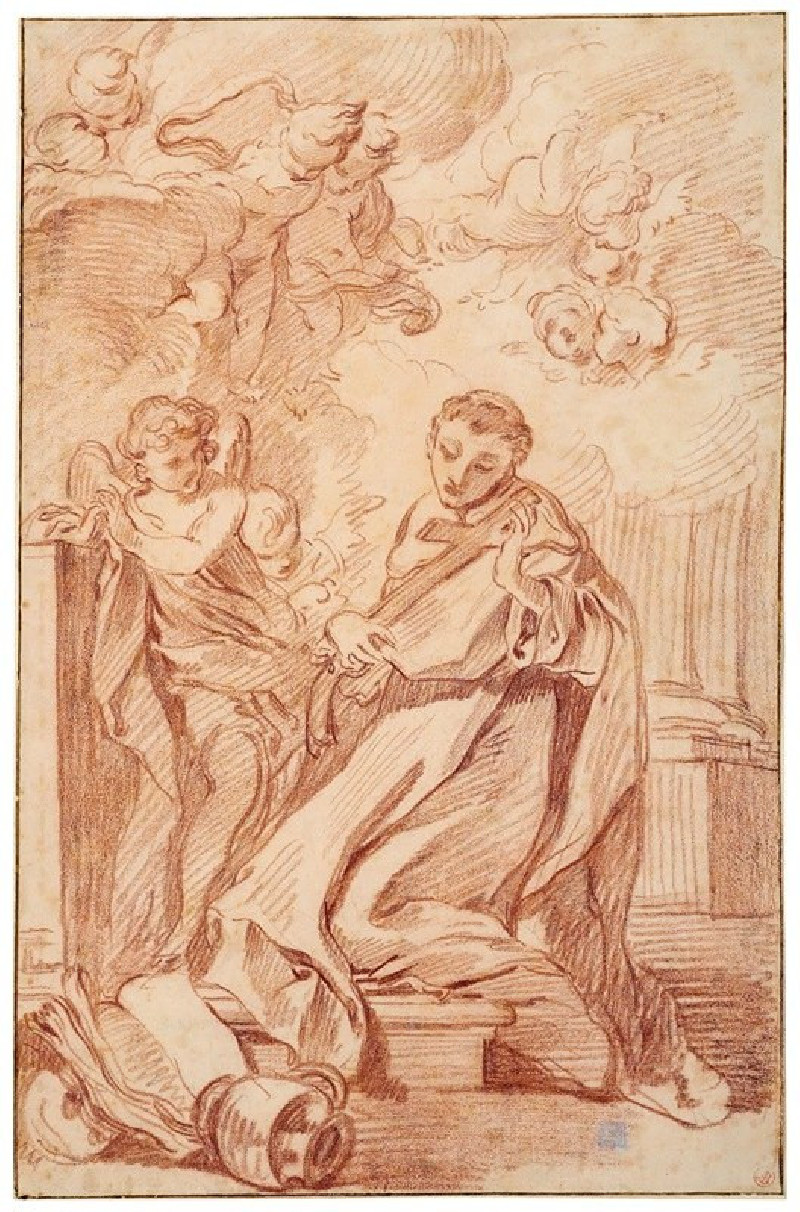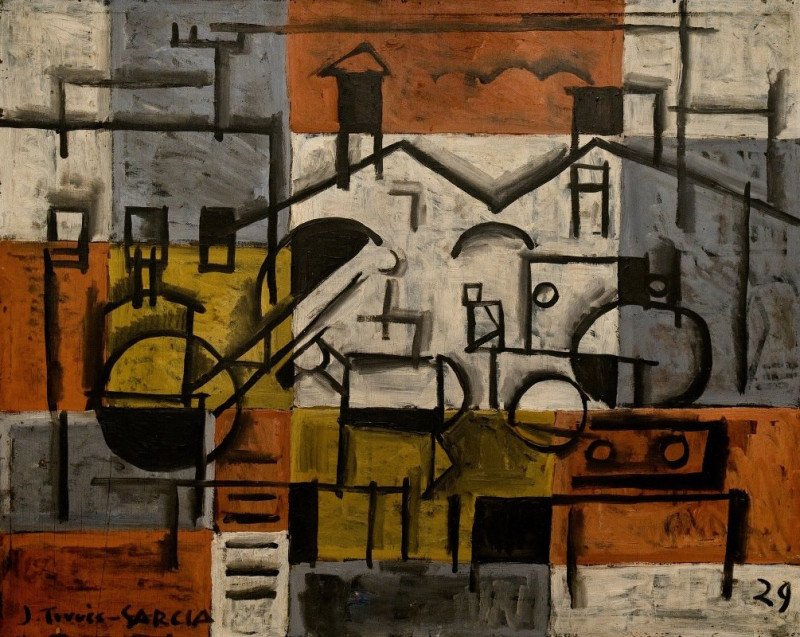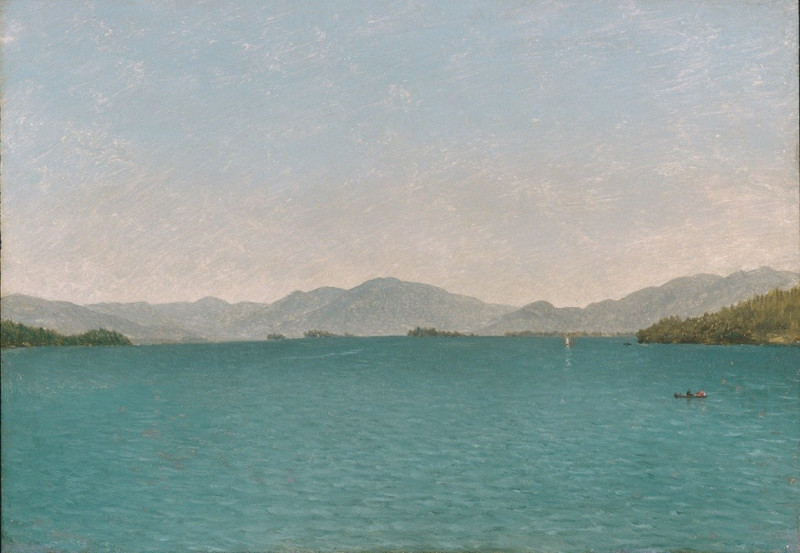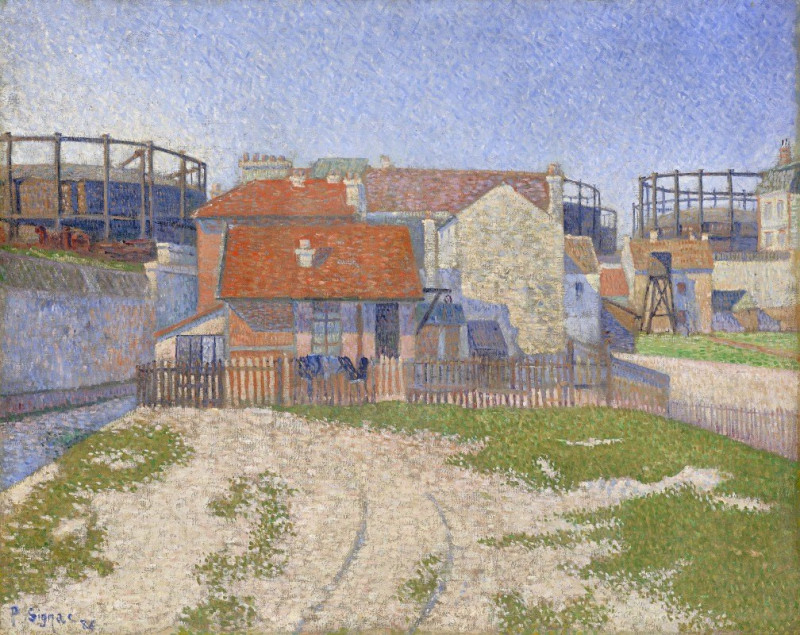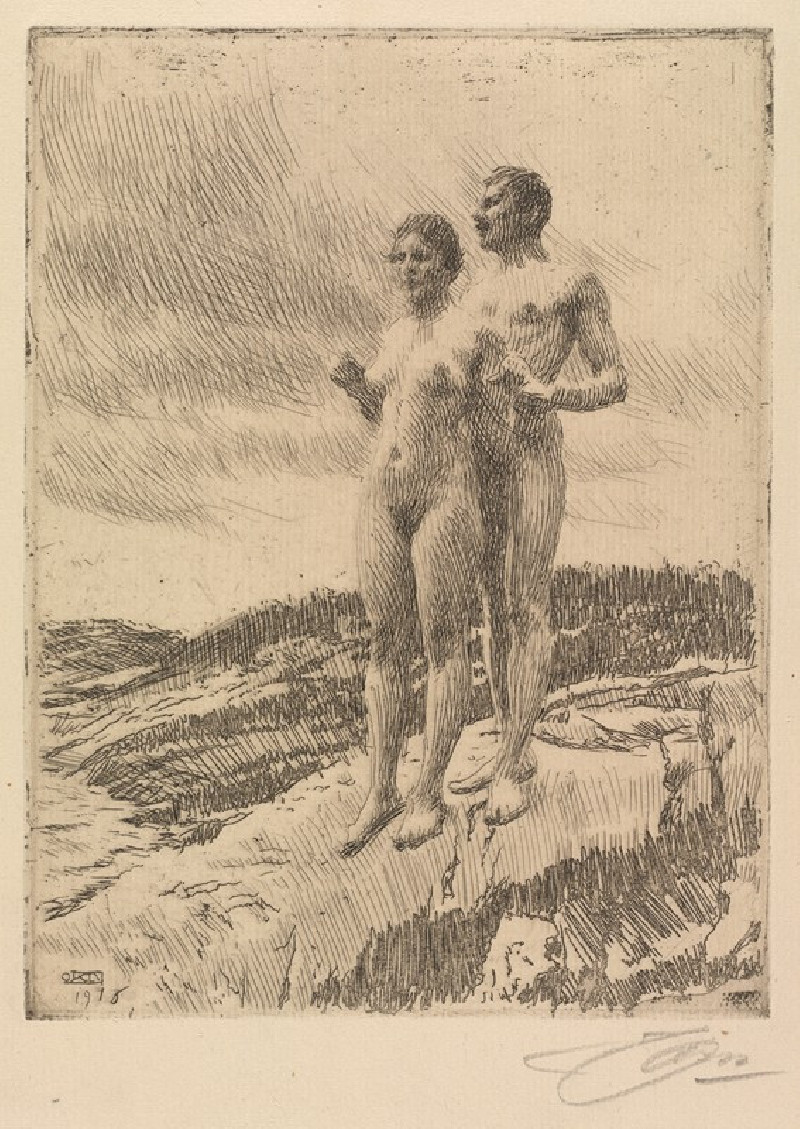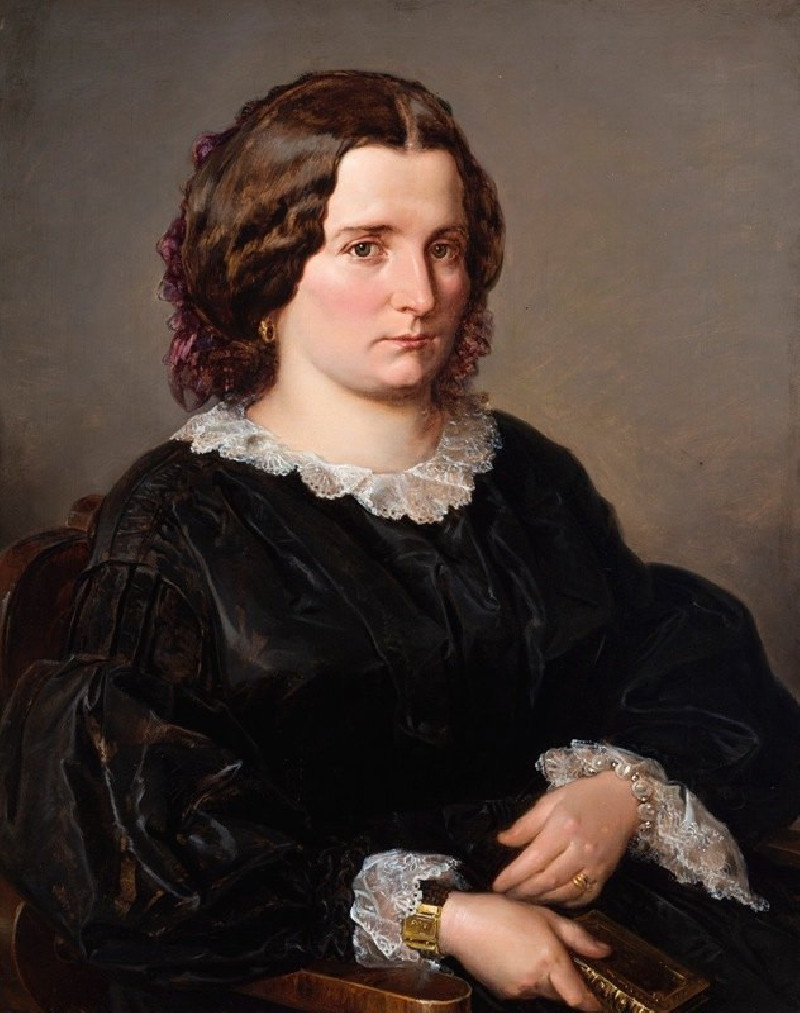L’Ascension (1879)
Technique: Giclée quality print
Recommended by our customers
More about this artwork
Gustave Doré's painting "L'Ascension" from 1879 is a spectacular representation of the biblical narrative of Jesus Christ's ascension into heaven, witnessed by his apostles. This striking piece of art blends the ethereal and the tangible in a symphony of colors that highlight the miraculous nature of this event.In the foreground, Doré places Jesus at the center, rising effortlessly with arms open, draped in a flowing green robe that contrasts brilliantly against the cloudy skies and voluminous gathering of angelic figures around him. His upward gaze and serene posture invite the onlooker to feel the gravity of the moment—an enchanting transition between the earthly and the divine.Surrounding Jesus are numerous angels and celestial beings, each depicted with individualized expressions of reverence, awe, and adulation. The variety in their demeanor and the subtlety of their ethereal forms lend a dynamic and vibrant atmosphere to the scene. They seem to guide and celebrate Christ's passage, creating a circular form that draws the viewer’s eye toward Jesus, reinforcing his central role in the composition.Doré's use of light enhances the spiritual experience of the painting, casting a divine glow on Jesus and his celestial audience, with softer hues enveloping the background landscape that suggests the earthly realm below. This masterful play between light and shadow not only highlights the focal elements of the painting but also imbues the scene with a sense of depth and volume."L'Ascension" is more than a religious depiction; it is a visual journey that captures the essence of divine triumph and the boundless possibilities of faith.
Delivery
Returns
Paul Gustave Louis Christophe Doré (6 January 1832 – 23 January 1883) was a French printmaker, illustrator, painter, comics artist, caricaturist, and sculptor. He is best known for his prolific output of wood-engravings illustrating classic literature, especially those for the Vulgate Bible and Dante's Divine Comedy. These achieved great international success, and he became renowned for printmaking, although his role was normally as the designer only; at the height of his career some 40 block-cutters were employed to cut his drawings onto the wooden printing blocks, usually also signing the image.

